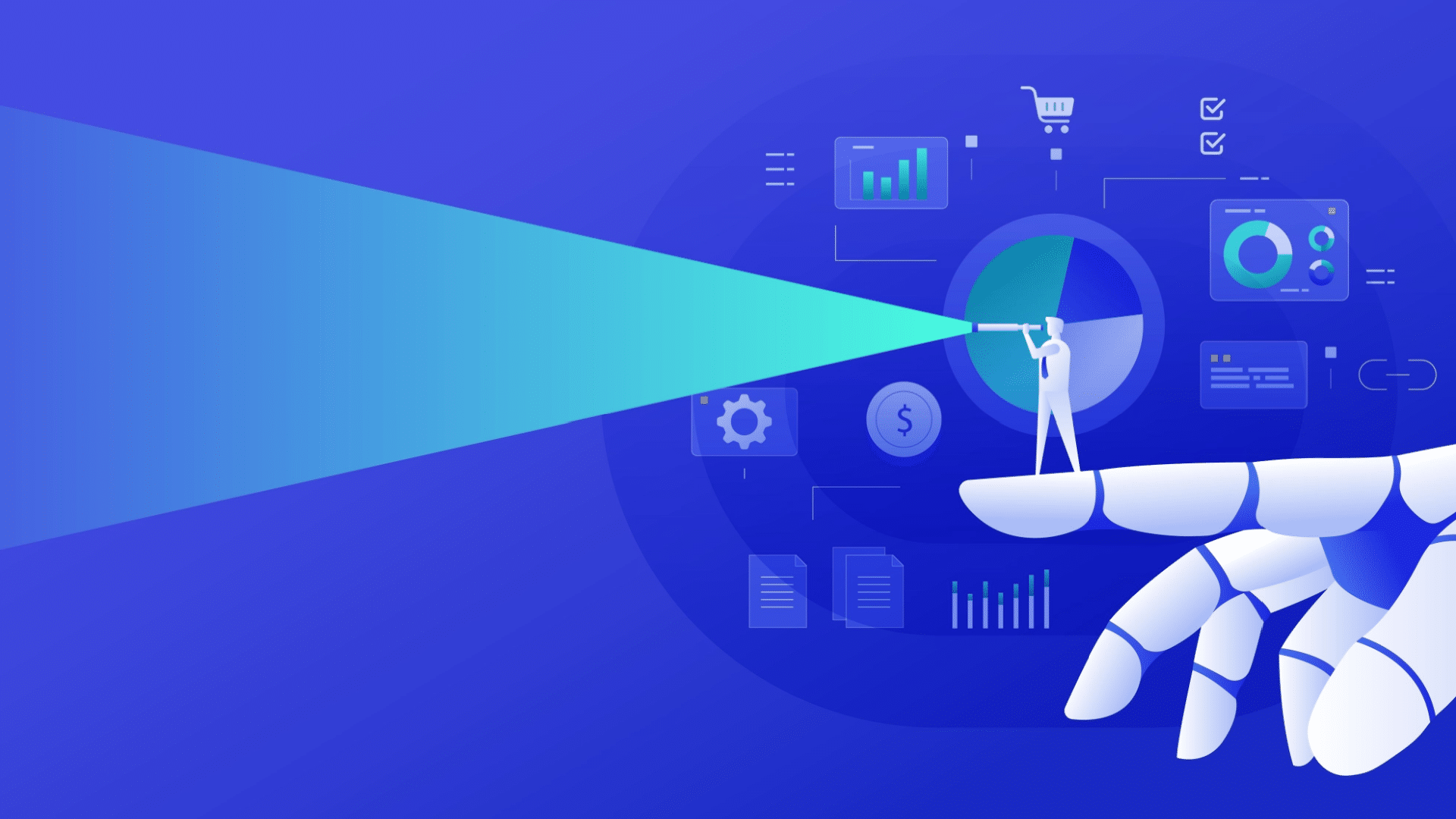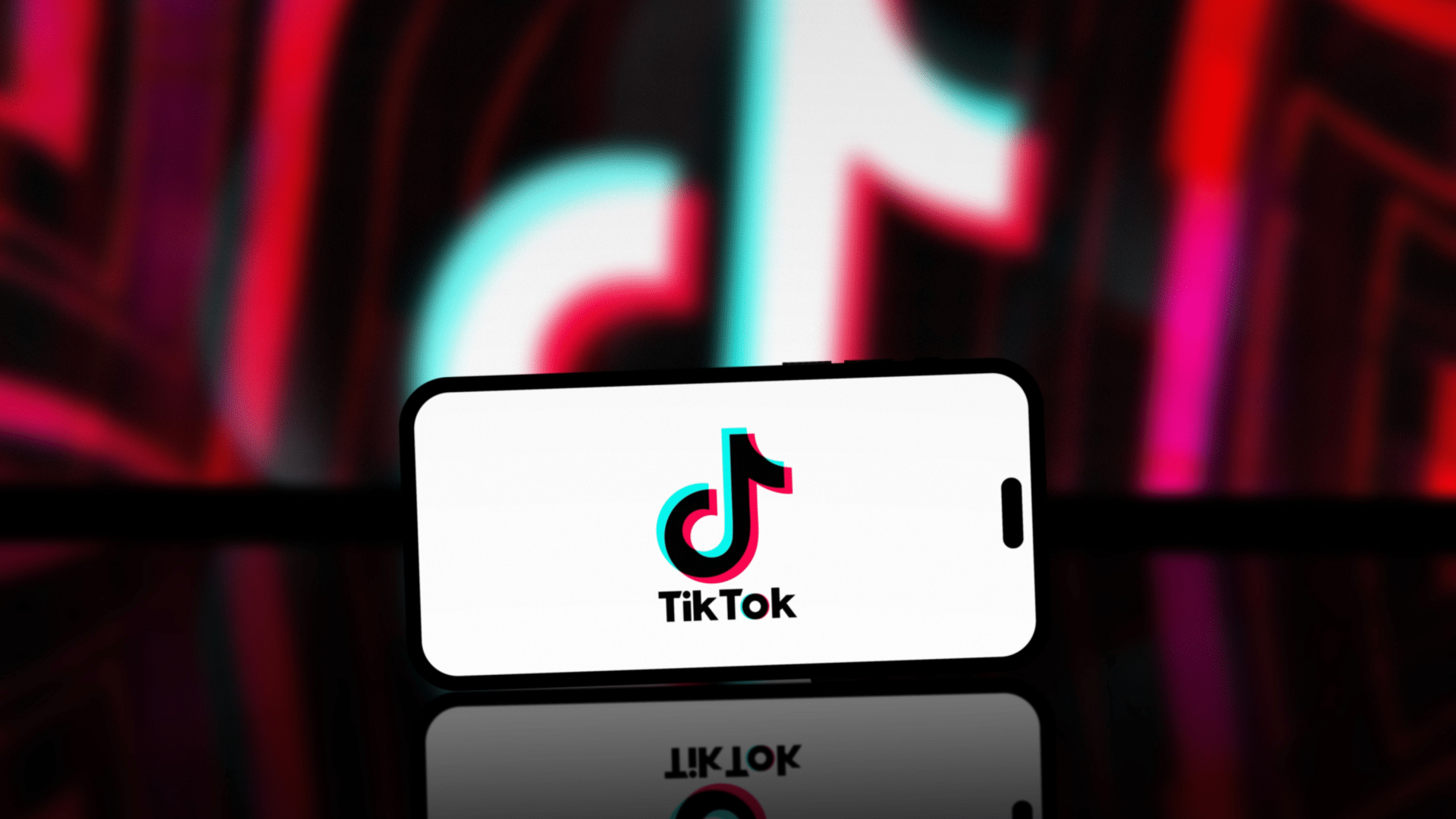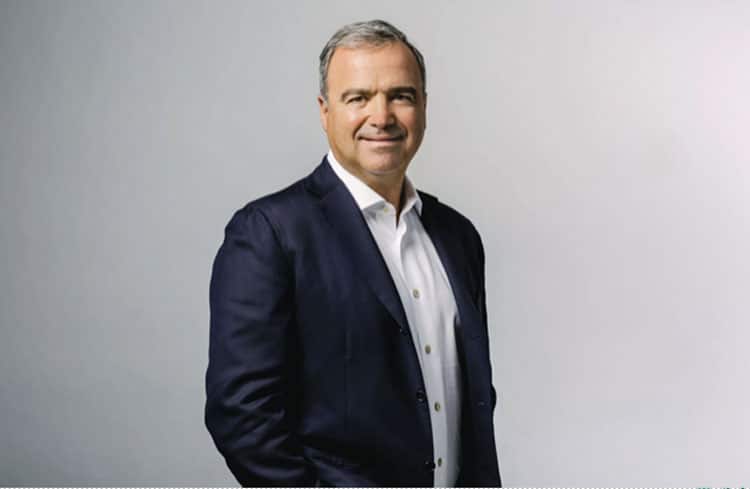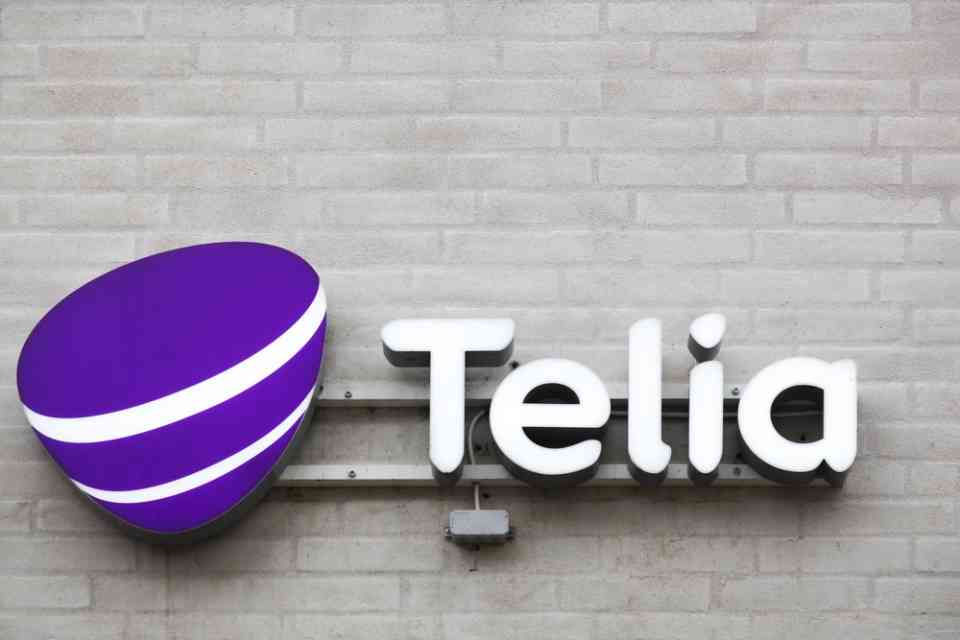The term “MACH” is popular nowadays, with many martech vendors claiming to offer MACH digital experience platforms (DXPs). But is this just a marketing tactic, or do these products genuinely align with the principles of MACH architecture?
Dig deeper: What is a digital experience platform or DXP and is it the future of content management?
What is MACH?
MACH (microservices, API-first, cloud-native and headless) is a modern approach to digital experience management that allows for greater flexibility, scalability and speed. MACH-based DXPs offer several benefits to marketing organizations looking to work more effectively and efficiently.
Misalignment in MACH-based products
This may shock you, but not all products marketed as MACH DXPs are created equal. MACH has become a highly sought-after concept in the industry. Some vendors may see the label as a way to differentiate themselves and attract customers looking for solutions that embody the principles of MACH. (The same goes for SaaS, but that’s a topic for another article.)
Not all products marketed as MACH are fully compatible with the architecture or even aligned with its principles. This misalignment creates customer confusion and mistrust and can ultimately harm the vendor’s reputation and credibility.
Dig deeper: Digital experience platforms: 4 building blocks to success
Benefits of MACH-based DXPs
One of the key advantages of MACH-based DXPs is the ability to break down complex systems into smaller, independent components that can be managed and updated separately. This allows for faster and more efficient development, testing and deployment of new features and functionality.
Another key advantage is the API-first approach, which enables marketers to easily access and use data from various sources to deliver personalized experiences. This helps organizations keep pace with constantly evolving consumer expectations.
Cloud-native technology, built specifically for deployment — wait for it — in the cloud, provides the scalability and reliability required to support complex digital experiences at scale. The headless approach allows for greater flexibility and independence in the front-end development process, enabling marketing teams to move faster and deliver new experiences to the market more quickly.
Overall, MACH-based DXPs help marketing organizations achieve faster time to value and time to market, enabling them to keep pace with a consumer who moves faster than the brand. This approach to digital experience delivery helps organizations stay ahead of the curve, deliver better experiences and achieve better business results.
Dig deeper: Reinventing the digital experience platform
Reducing risk and increasing success
To reduce risk, avoid misleading marketing claims and improve your chances of success in adopting a MACH-based DXP, here are key considerations:
- Thoroughly research and assess potential vendors to ensure their offering aligns with the organization’s specific needs and the principles of MACH architecture.
- Look for vendors that clearly understand the MACH architecture and its benefits and a solid track record of successful MACH-based DXP implementations.
- Consider the vendor’s expertise, commitment to supporting the MACH architecture and experience working with other organizations in similar industries or marketing challenges.
- Ask for references and case studies from organizations that have successfully adopted a MACH-based DXP to better understand the vendor’s capabilities and track record.
- Pay close attention to the vendor’s support and training offerings to ensure they have the resources to help your organization adopt a MACH-based DXP.
Separating marketing hype from reality
MACH architecture is a modern approach to digital experience management that offers benefits like flexibility, scalability and speed. Not all products marketed as MACH DXPs are aligned with the principles of MACH, leading to confusion and mistrust among customers.
To ensure success and reduce risk, it is essential to thoroughly research potential vendors and assess their alignment with the organization’s needs and the principles of MACH architecture. Look for a vendor with a solid track record, expertise and commitment to supporting the MACH architecture and consider their support and training offerings.
Get MarTech! Daily. Free. In your inbox.
Opinions expressed in this article are those of the guest author and not necessarily MarTech. Staff authors are listed here.























































![LinkedIn Provides Thought Leadership Tips [Infographic] LinkedIn Provides Thought Leadership Tips [Infographic]](https://imgproxy.divecdn.com/sGPjK1VM5eAOI_l-OTkmJTV2S8dHIfUwFmDwPWjhfjg/g:ce/rs:fit:770:435/Z3M6Ly9kaXZlc2l0ZS1zdG9yYWdlL2RpdmVpbWFnZS9saW5rZWRpbl90aG91Z2h0X2xlYWRlcnNoaXBfaW5mbzIucG5n.webp)
















